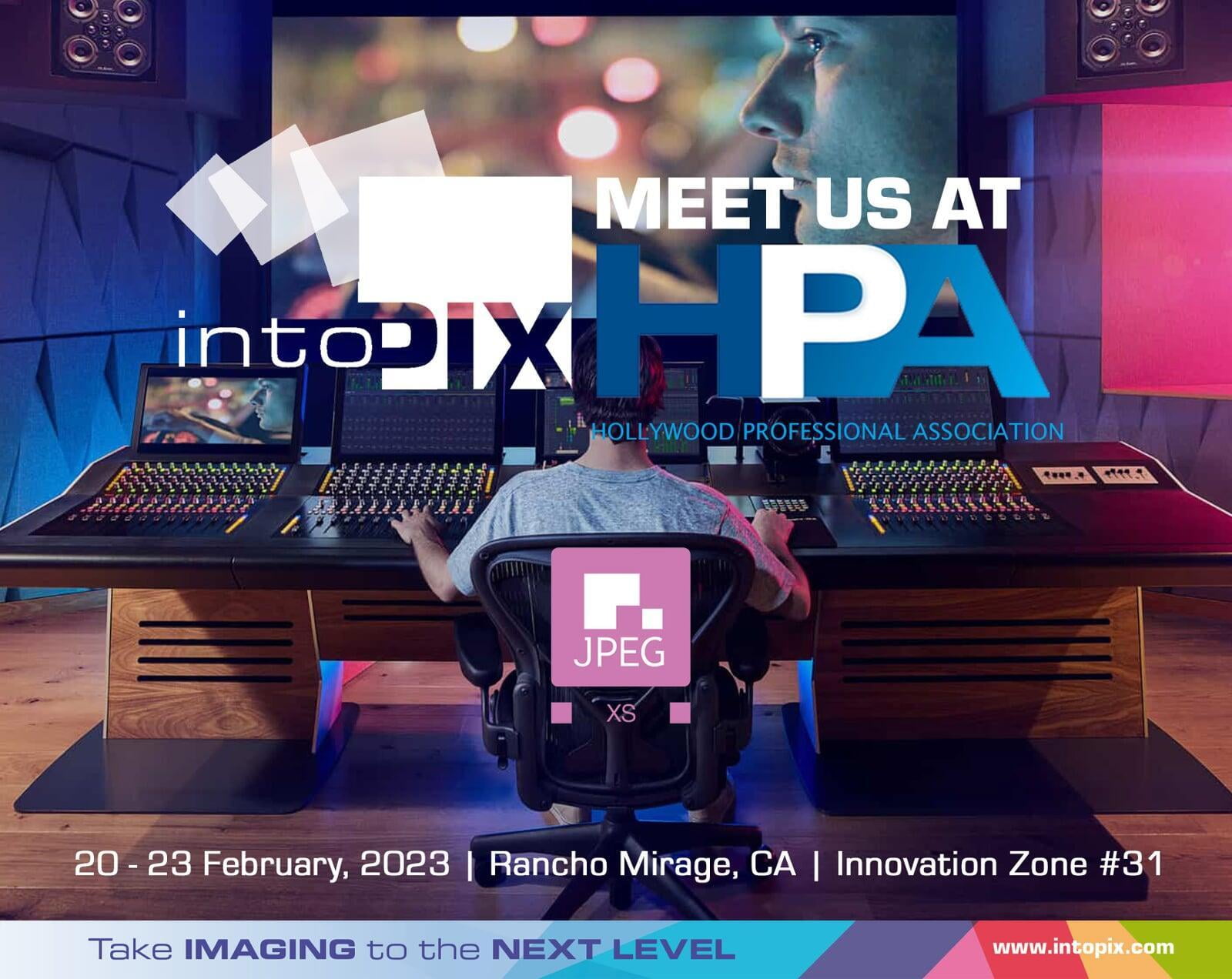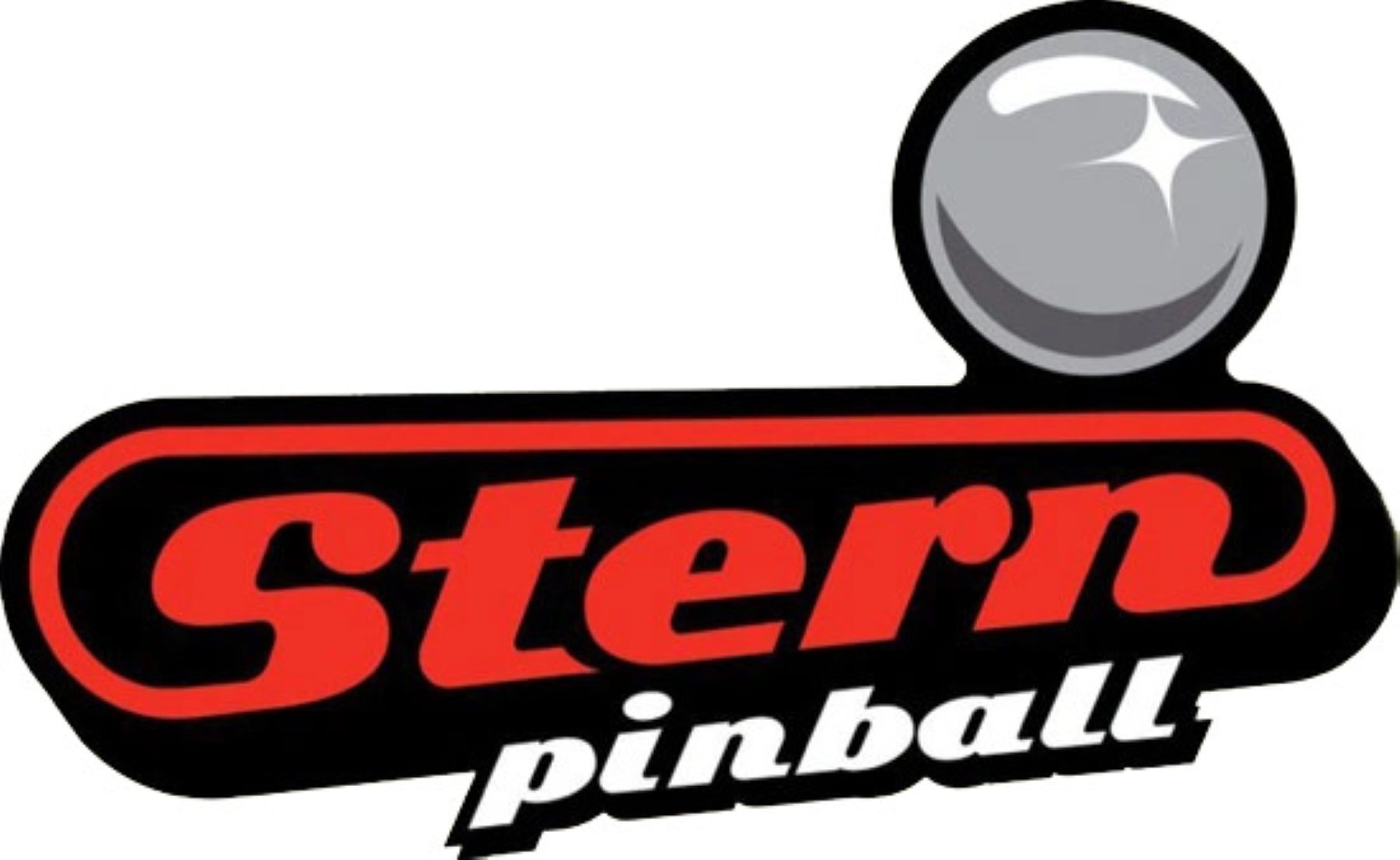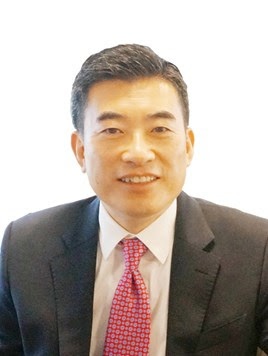AirFuel Doubles-Down on Next Generation Resonant and RF Wireless Charging Technologies for 2018

PORTLAND, Ore., Dec. 20, 2017 /PRNewswire-USNewswire/ — 2018 is shaping up to be a big year for wireless charging. More and more consumers will be introduced to wireless charging through the launch of new devices – and more and more consumers will also become aware of the inherent limitations of those first-generation solutions. AirFuel Alliance, the authority on wireless power technology and standards, is focused on bridging that gap. The organization has put the strategic building blocks in place to ensure it can support the next-generation Resonant-based and RF-based wireless charging solutions – infrastructure and devices – needed to deliver the best end-user experience possible.
Organizational Change
AirFuel Alliance has streamlined its organization to focus exclusively on next-gen technologies including Resonant and RF, along with the Network Infrastructure to support them. This will allow the organization to respond more efficiently and effectively to the myriad of use cases that are emerging for wireless charging – use cases that can only be solved by Resonant or RF.
“The benefits of Resonant and RF are clear and include increased spatial freedom, cheaper and easier infrastructure installation, and faster speeds,” said Ron Resnick, president of AirFuel Alliance. “First-generation Inductive technology will introduce consumers and businesses to wireless charging, but next-generation Resonant and RF technologies will deliver on its full potential. AirFuel members are already delivering Resonant products and public charging solutions in Asia and elsewhere, and we’ll see more throughout 2018 – this is just the beginning.”
More Supporters
EPC (Efficient Power Conversion), a leader in advanced power management technology, has joined AirFuel’s Board of Directors. As a great example of Resonant wireless power’s capabilities, EPC has created a large surface-area power source that enables people to simultaneously power and charge multiple devices on a single surface. Using EPC’s GaN-on-Si technology to efficiently power a resonant magnetic field, people can charge their phones and laptops…while simultaneously directly powering a computer monitor, lamp, Amazon Alexa, Bluetooth headset and other battery-less devices simply by placing these items on the surface. All without the need for power cords. In addition to wireless power, EPC’s eGaN transistors and integrated circuits are also integral to a variety of other applications, including autonomous vehicles, advanced medical devices and high-speed data communications.
AirFuel also welcomes recent new member Shenzhen Soling Industrial Co.,Ltd, a China-based researcher, manufacturer, and provisioner of CID systems, as a new member. In 2018, AirFuel will continue to grow the Resonant and RF ecosystem with new members across the consumer electronics, semiconductor, design and manufacturing, and automotive industries.
New Research
AirFuel contacted Utah State University, home of the SELECT Center for wireless power, to conduct a study on the benefits of AirFuel Resonant technology. The independent review tested 5 systems from 4 companies to evaluate zone of rated power, maximum charging area, efficiency, heating effects and usability. Results showed Resonant is as efficient if not better than current Inductive solutions, with the added benefit of spatial freedom and without the hazards like metal heating. Some key findings:
- Zone of rated power extends to 50mm or more
- Spatial freedom extends to 75mm or more (Inductive is much less)
- Measurement of systems show a range of efficiency of 70-80% in real-life use cases. In comparison, some Inductive systems reach 70-80% but with only with very limited power, range, and movement before failing to charge all together; AirFuel Resonant was tested with a wide range of power levels up to charging laptops.
- Unlike lower frequency solutions, AirFuel Resonant does not produce metal heating issues. Operating at full power (6.78 MHz), standard metal objects like keys or coins show no noticeable heating effect. This makes Resonant a better option for wearables and devices with metal in them.
New Solutions
Tri-mode chips are going to be an integral part of bridging the gap between first generation Inductive technology and next-generation Resonant. AirFuel members are working on solutions that will help companies get the most from their wireless charging investments. For example, HALO Microelectronics recently announced their new, fully integrated tri-mode high-power charging receiver. The new product, HL6101, enables up to 15W of wireless charging capability and automatic detection and adaption to all common wireless charging standards including AirFuel Alliance Resonant and WPC. HALO is also working with Qualcomm Technologies to develop a tri-mode wireless charging IC for future Qualcomm Snapdragon mobile platforms.
On the RF front, AirFuel member company Energous recently announced its WattUp wireless charging technology was selected by Myant for its SKIIN smart, everyday apparel launching in 2018. The clothing enables measurement and tracking of vitals such as breathing rate, heart rate, hydration, temperature, activity and more via a removable module and wireless charging pad, which leverage WattUp transmitters and receivers for wireless charging. Myant chose Energous because the WattUp receiver technology makes it possible to charge the clothing’s integrated sensors using either contact (Near Field) or distance (Mid Field) charging methods. Energous will be demonstrating its Near and Mid Field WattUp technology at CES 2018, with Myant and other partners showcasing new products integrating Energous WattUp wireless charging technology.
About AirFuel Alliance
AirFuel Alliance is an association dedicated to building a global wireless charging ecosystem based on best-in-industry next generation wireless charging technologies, such as Resonant and RF. AirFuel Alliance’s mission is to bring a diverse base of interoperable products to the global market to help deliver the best wireless charging experience for consumers.
The organization membership is made up of leading technology and consumer electronics companies, including board of directors companies Dell, Duracell, Energous, EPC, ONSemiconductor, Powermat, PowerSphyr, Qualcomm, Samsung Electronics, Starbucks and WiTricity.





